Angelic Ancient Egyptian Pestle & Mortar Set – with charming natural whitish veins – Handmade from natural blue alabaster in Egypt
Original price was: $114.$63Current price is: $63.
This is an ancient egyptian pestle and mortar, perfectly handmade from natural blue alabaster stone with marvelous natural whitish veins in egypt.
A pestle pounds and grinds hard substances, spices and plants in the mortar for drug preparations.
It can be used as a herb grinder, potion mixer, herb Smasher, and elixir mixer.
Our items are made with EGYPTIAN SOUL!!!
�️ ���� �� ����� �️
Note: we need to clarify for you That,
This mortar and pestle are not recommended to make food in it as it contains chemical substances. We advise you to use it as a decoration or to use it as an incense holder, Thank you 🙂
�������:
A pestle pounds and grinds hard substances, spices and plants in the mortar for drug preparations.
The Egyptians used pestles and mortars to mix ingredients for medicinal and cosmetic purposes.
The mortar and pestle is one of the great symbols of pharmacology.
They have been used in food and medicinal preparations for thousands of years, and are one of humankind’s most commonly used tool.
Mortar and Pestles were described in the Ebers papyrus from Ancient Egypt – dating back to 1550BC.
It is the oldest preserved piece of medical literature discovered.
It is estimated that mortar and pestles were used for 6,000 years before this for food preparation – mostly for the grinding of spices.
They are unique in that their design has largely remained unchanged over the last 10,000 years. They were also commonly used in Egypt for the grinding of cosmetics.
——————————————————————————————————————————————————————–
Alabaster can draw forgiveness, whether it be you that needs self-forgiveness or the ability to forgive someone that has done you wrong.
It also draws energy from other stones as well, meaning you can “soak” up the energy of one stone and have the properties of both stones with you while only carrying the alabaster.
It helps to draw anger out of a person and release it to the light.
This stone is the “alabaster” of the ancient Egyptians and Bible and is often termed Oriental alabaster since the early examples came from the Far East.
The Greek name alabastrites is said to be derived from the town of Alabastron in Egypt, where the stone was quarried.
The locality probably owed its name to the mineral; the origin of the mineral name is obscure.
The “Oriental” alabaster was highly esteemed for making small perfume bottles or ointment vases called alabastra; the vessel name has been suggested as a possible source of the mineral name.
In Egypt, craftsmen used alabaster for canopic jars and various other sacred and sepulchral objects.
A sarcophagus discovered in the tomb of Seti I near Thebes is on display in Sir John Soane’s Museum, London; it is carved in a single block of translucent calcite alabaster from Alabastron.X
Material:
Natural Stone, Blue Alabaster Stone, Alabastar
- Additional information
Additional information
| Material | Alabastar, Blue Alabaster Stone, Natural Stone |
|---|---|
| Width | 5 inches |
| Height | 7 inches |
| Depth | 5 inches |

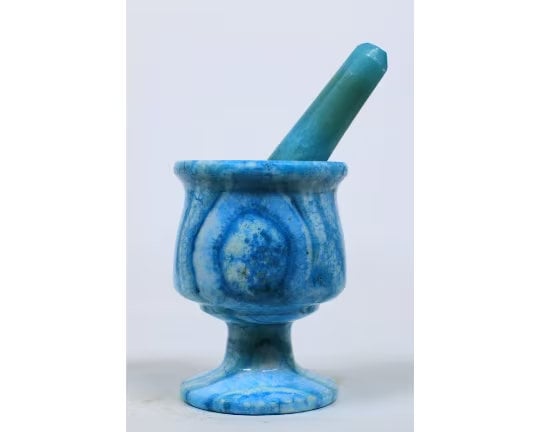
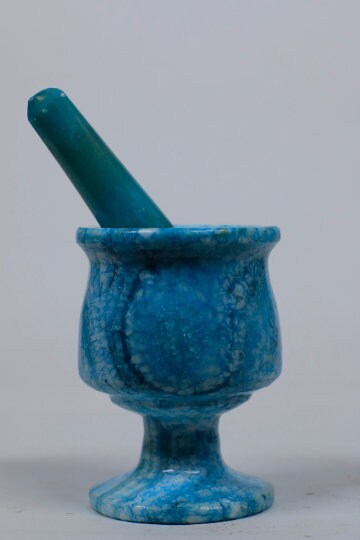
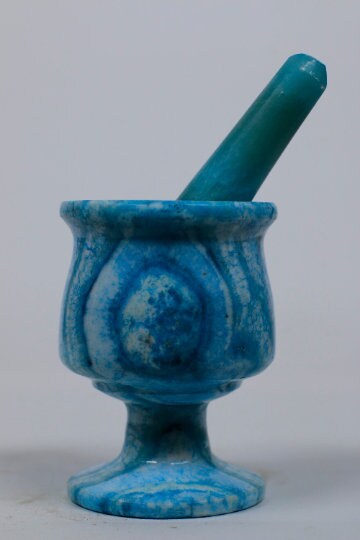
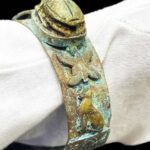
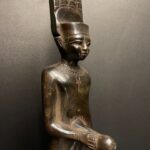
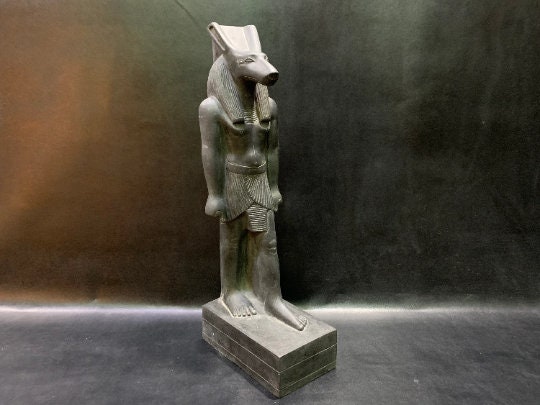
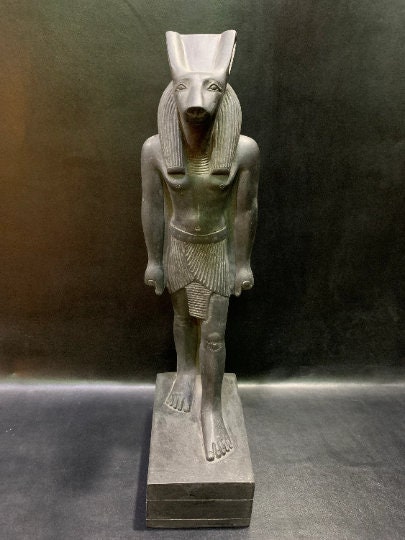
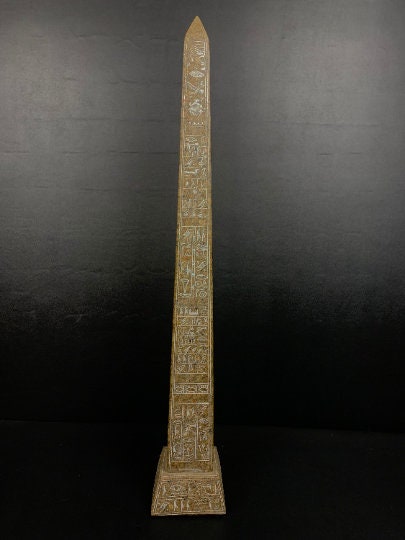
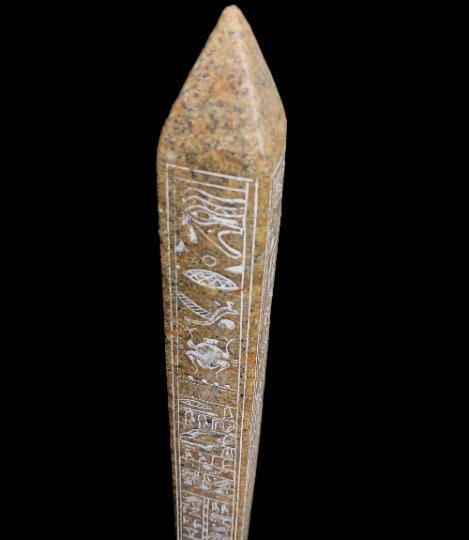
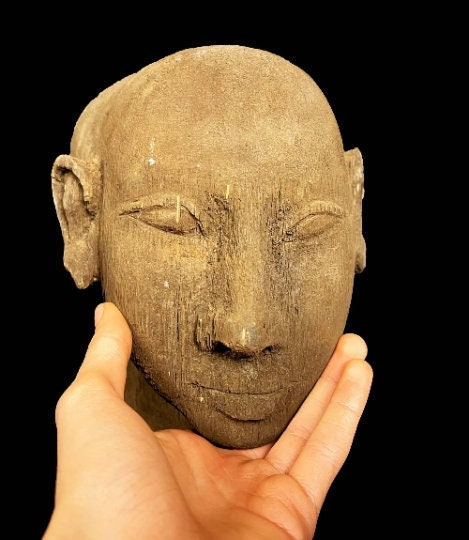
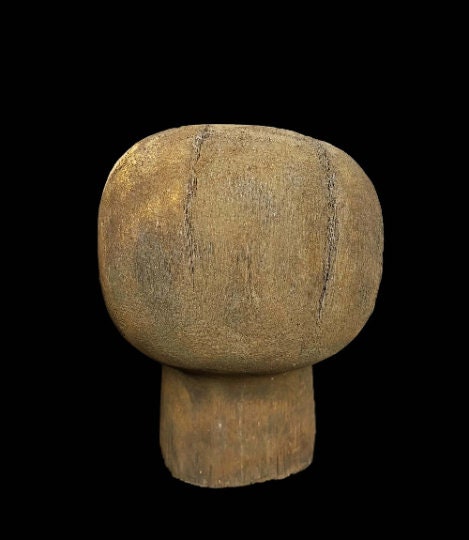
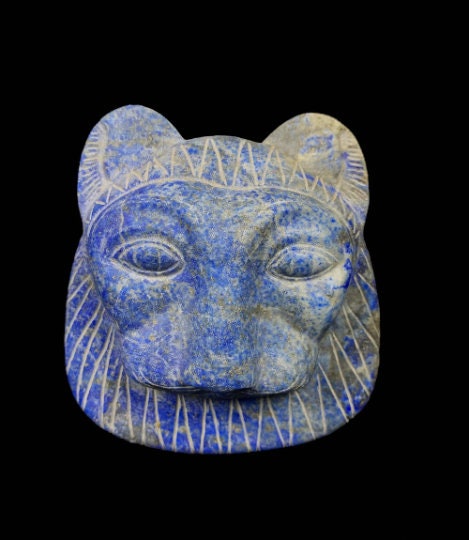

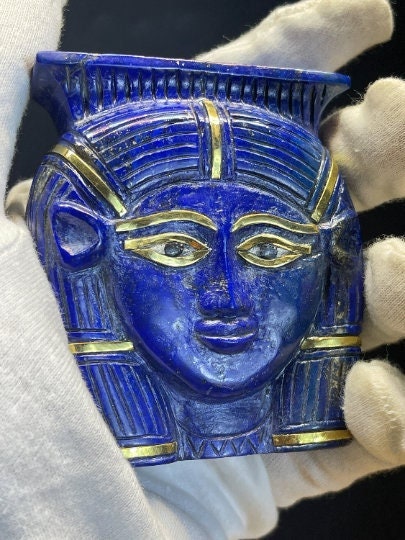
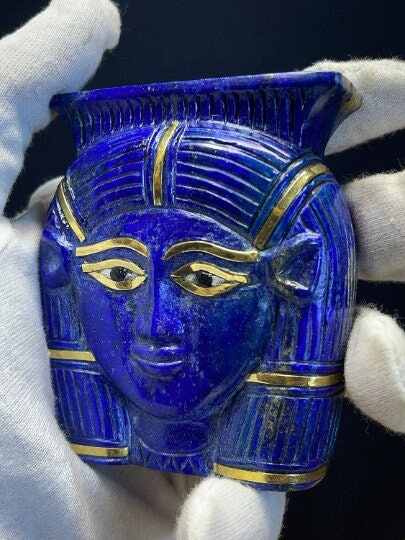
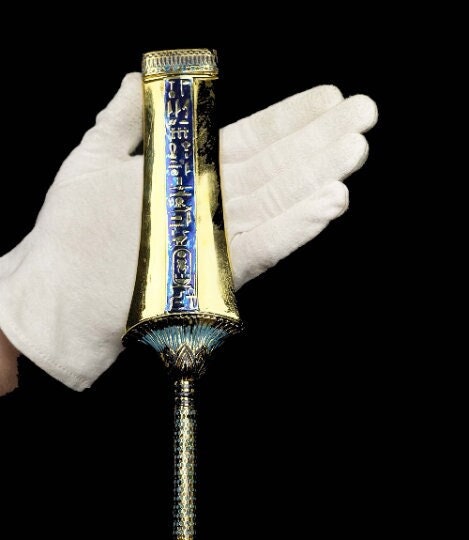
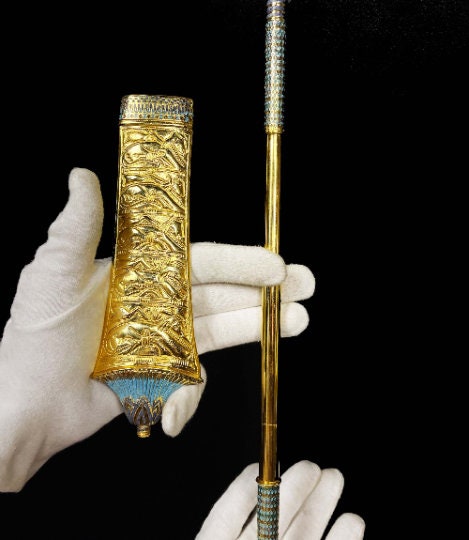


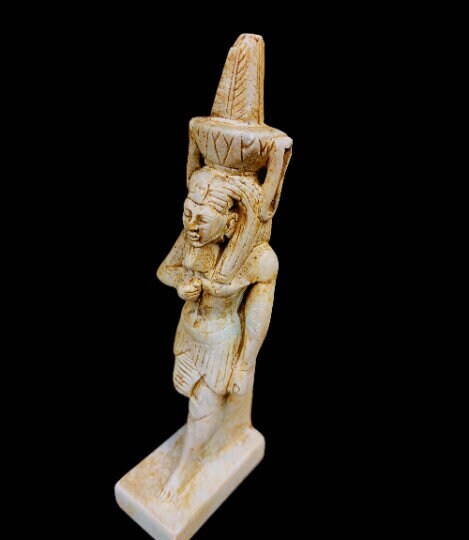
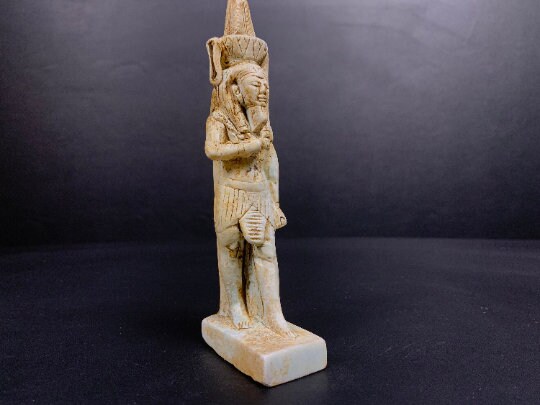
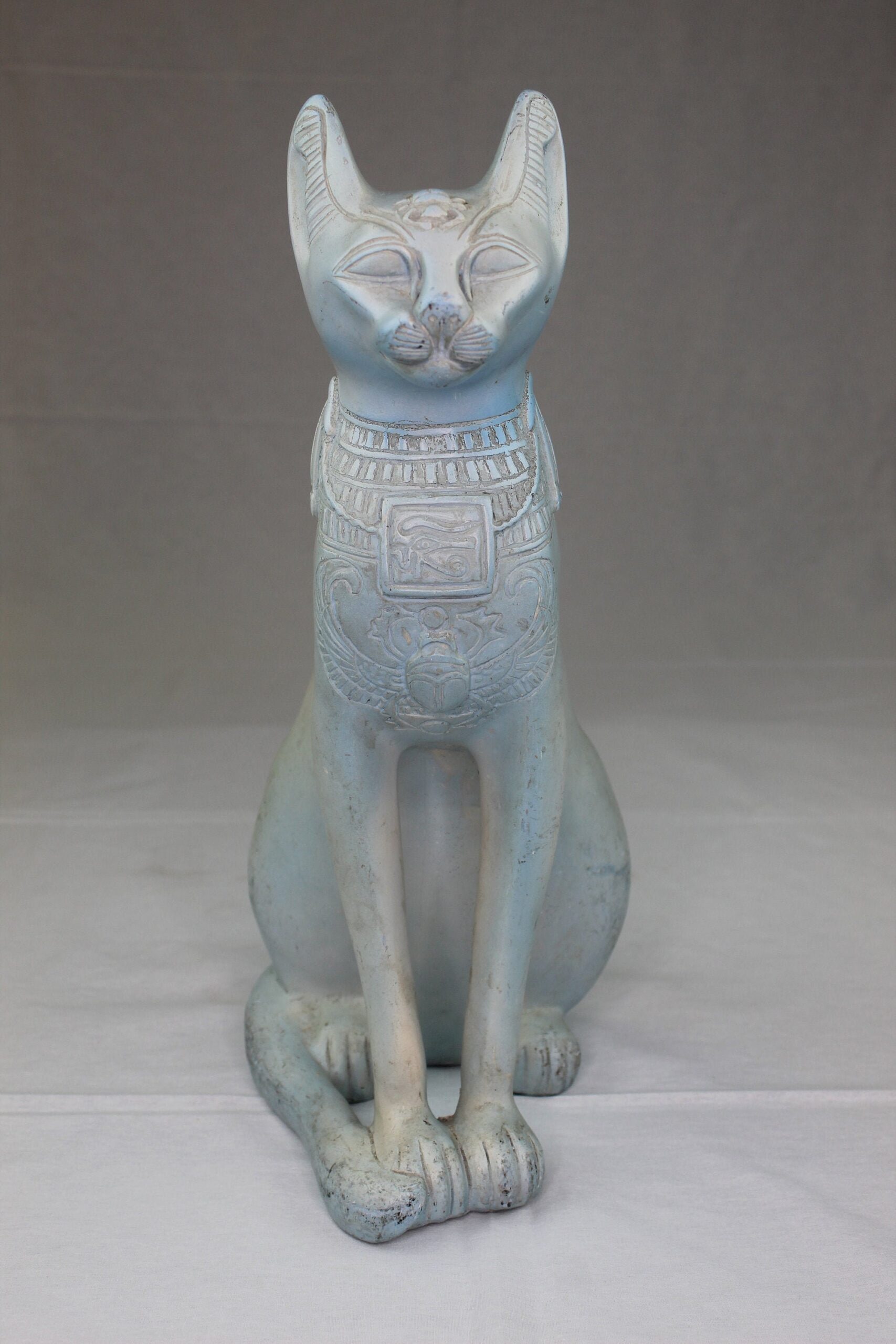
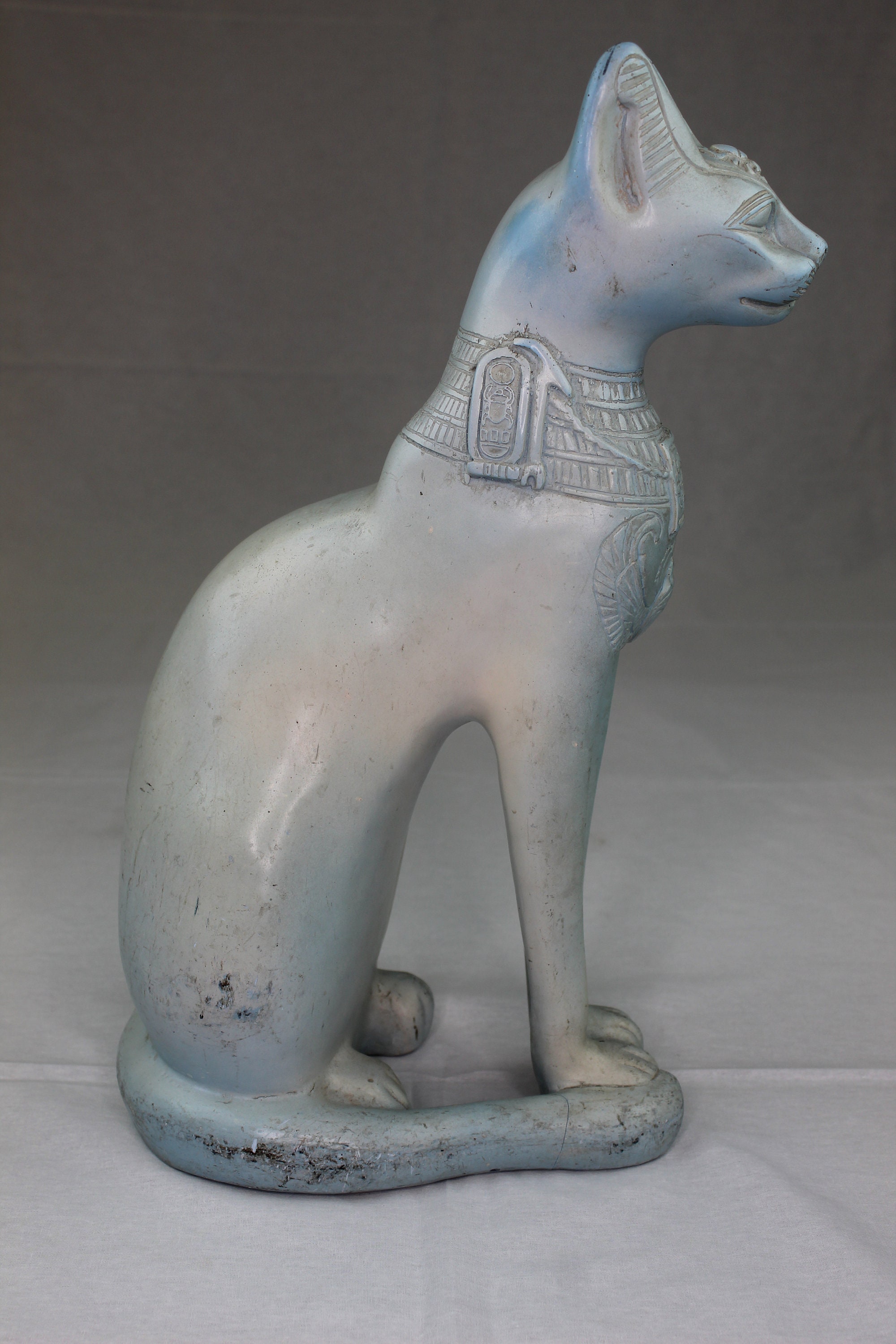

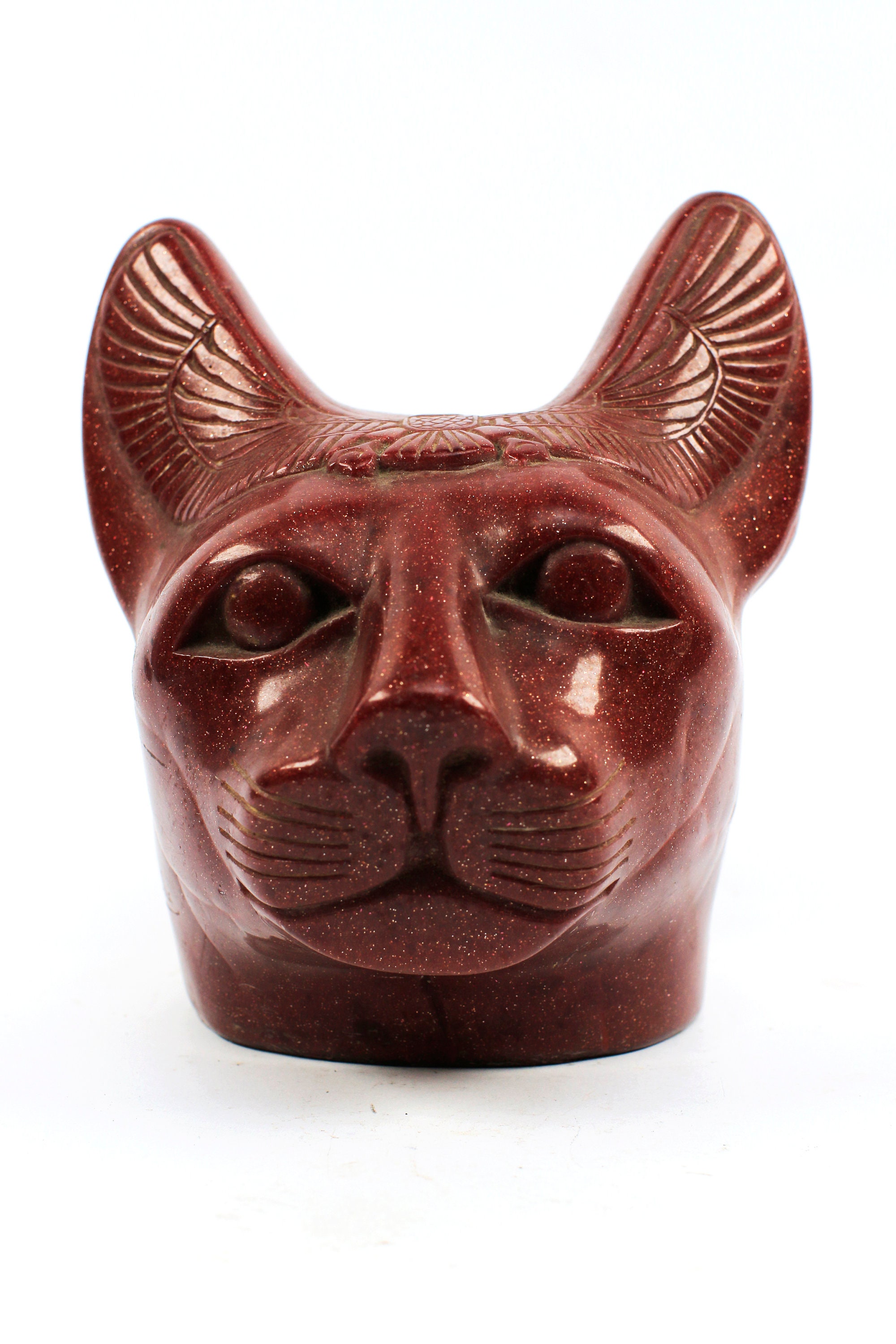
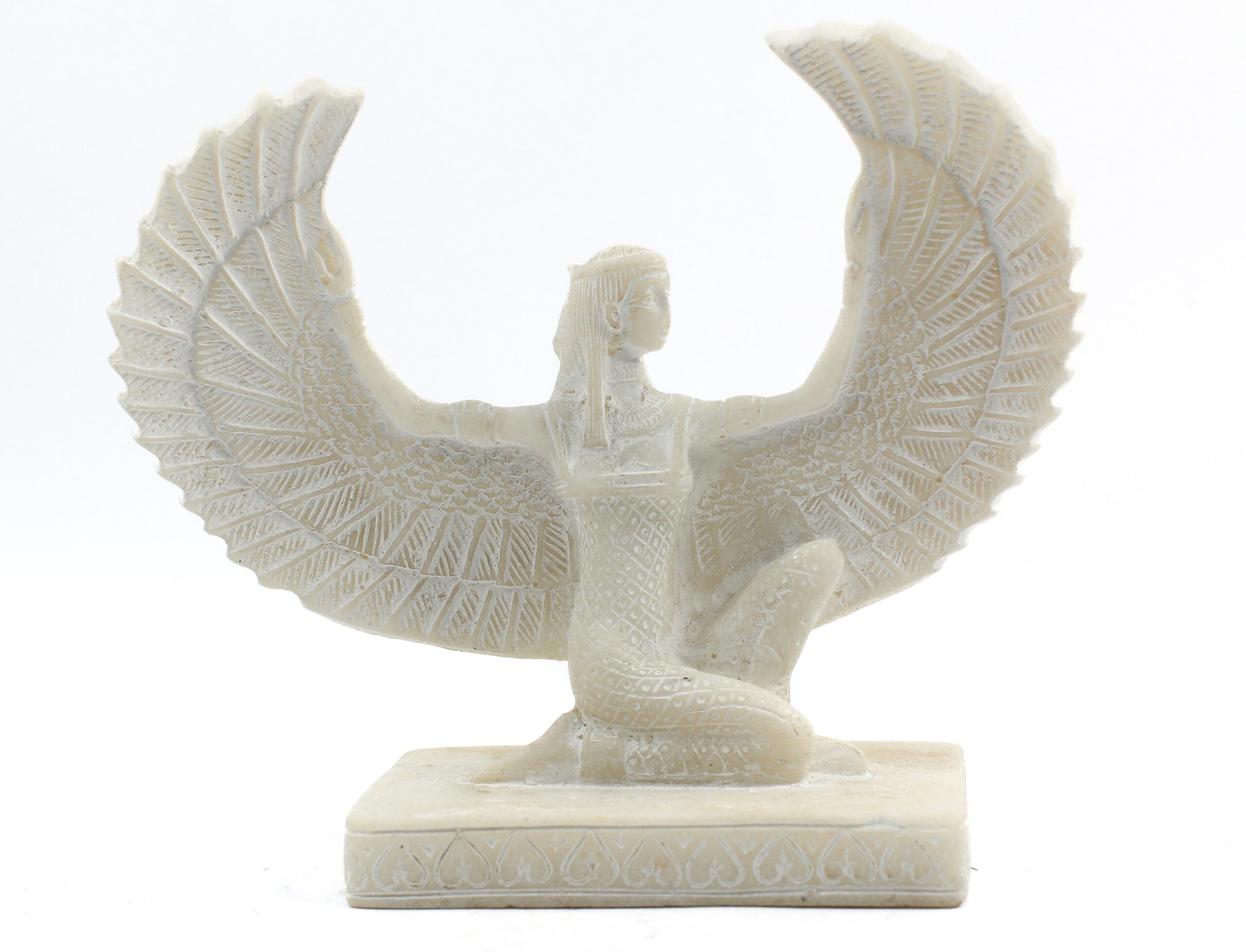

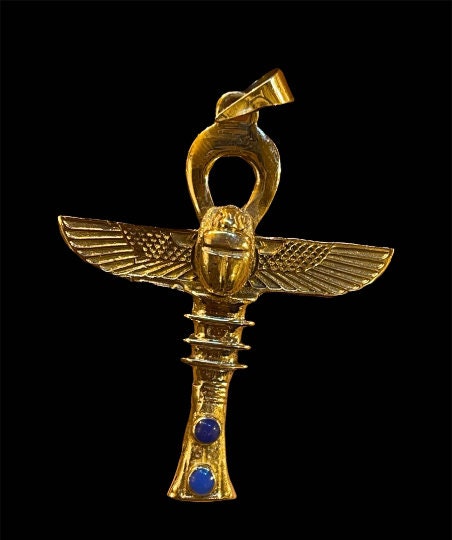
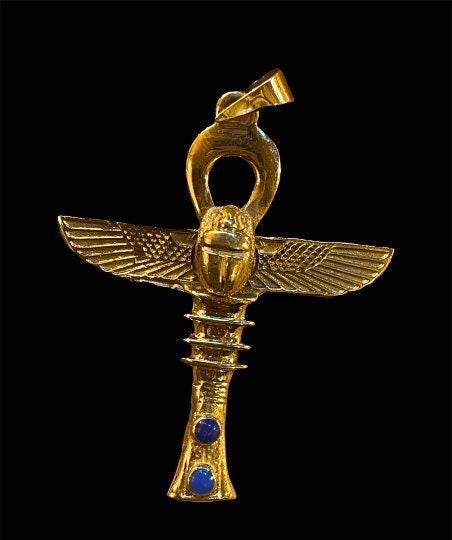

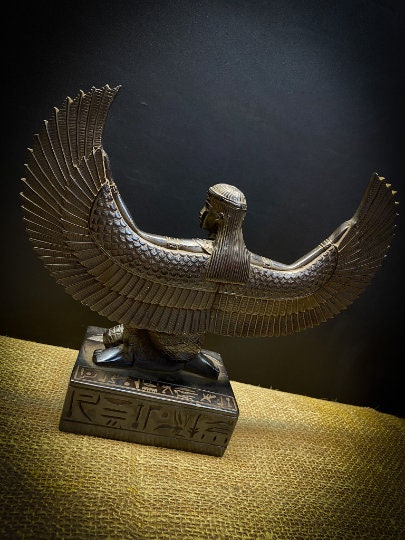
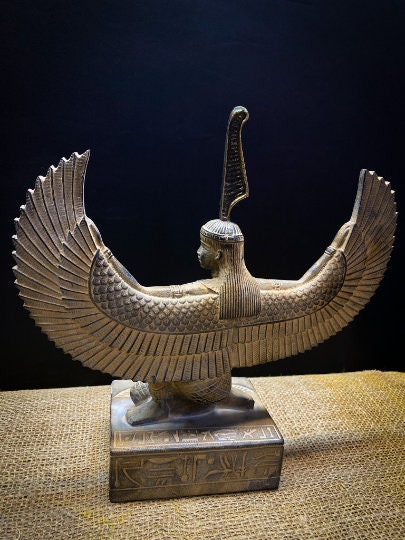
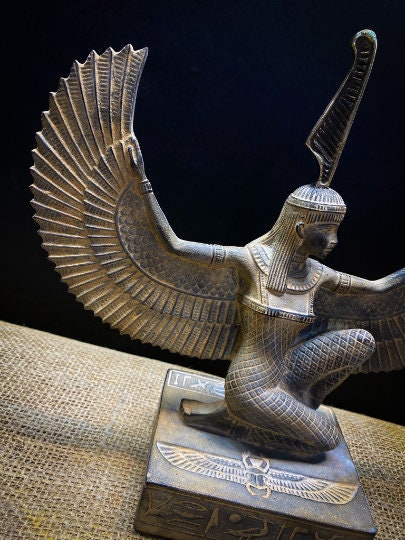
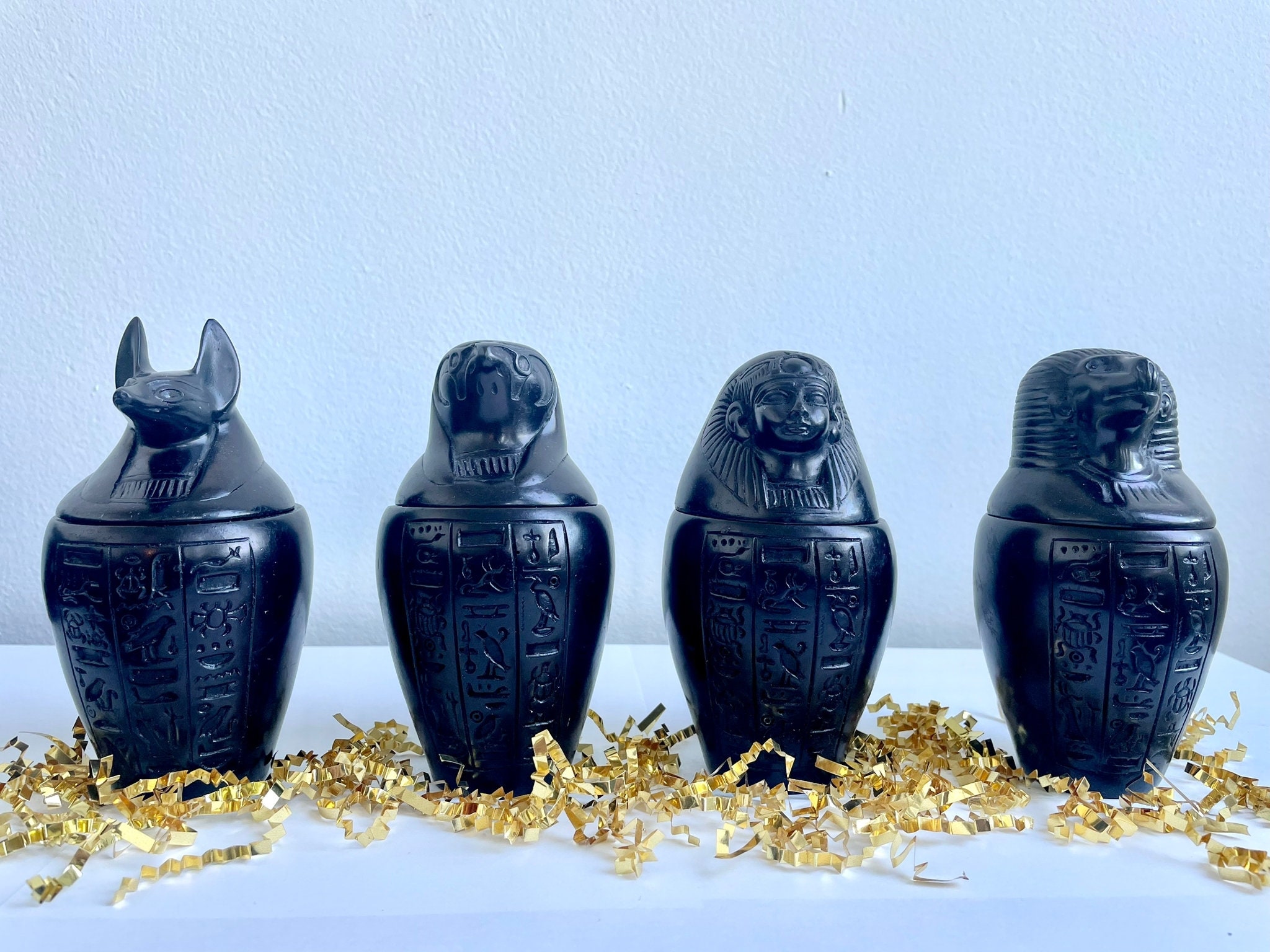
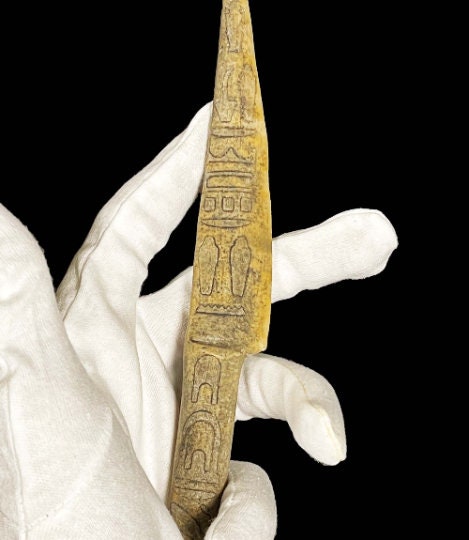
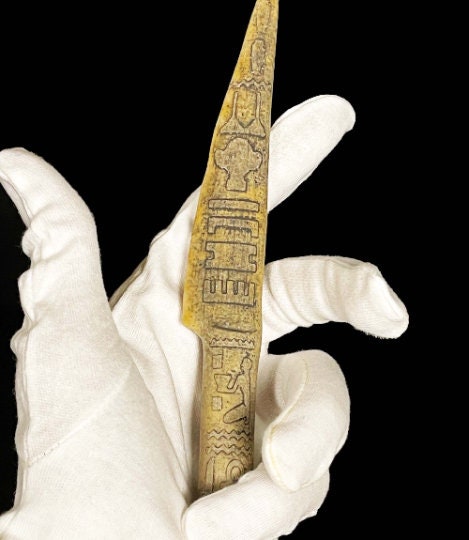
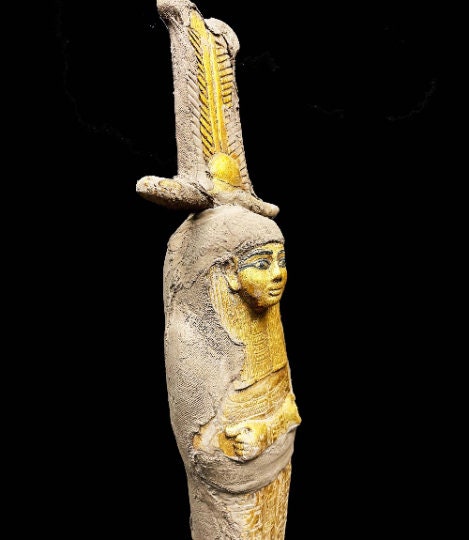


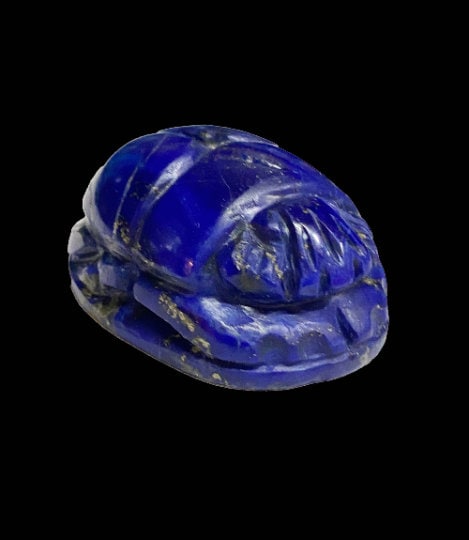
What others are saying
There are no contributions yet.